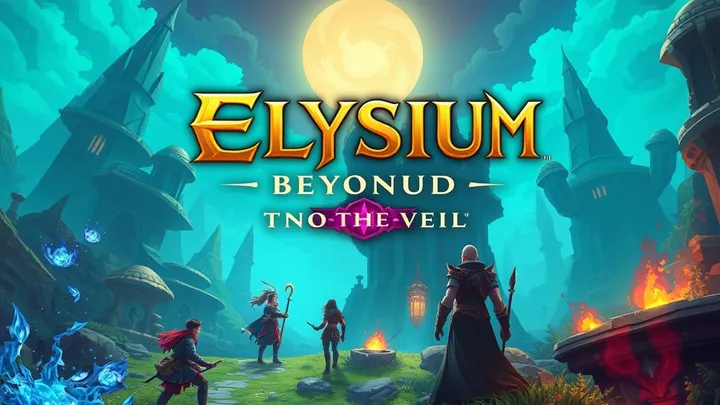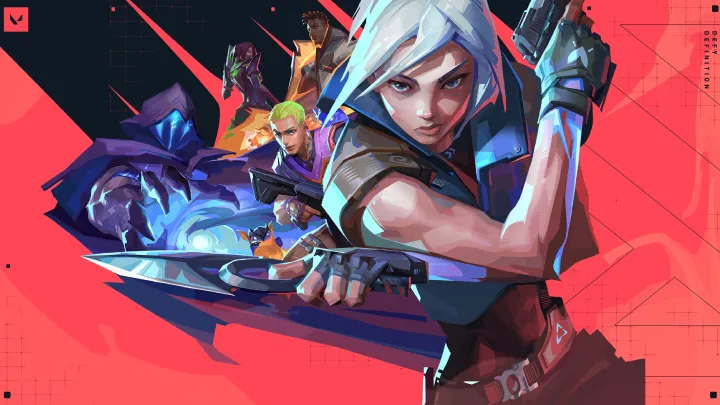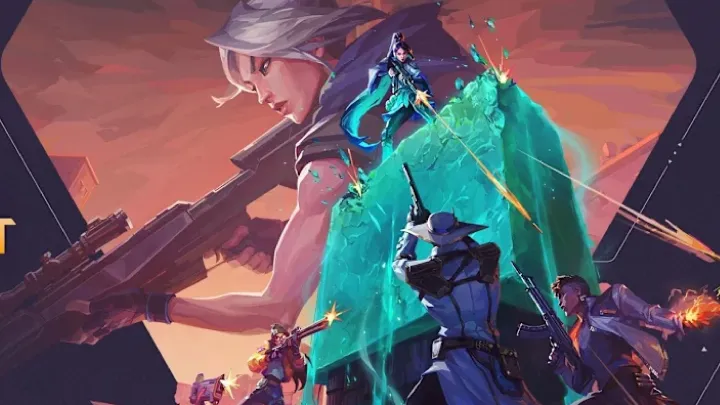Introduction
Valorant, developed by Riot Games, has rapidly become one of the most popular tactical first-person shooters (FPS) since its release in 2020. Combining elements from various genres, Valorant offers a unique gameplay experience that emphasizes strategy, teamwork, and skill. This guide will provide a comprehensive overview of Valorant, including its gameplay mechanics, agents, maps, and strategies to help you improve your skills and enjoy the game to its fullest.
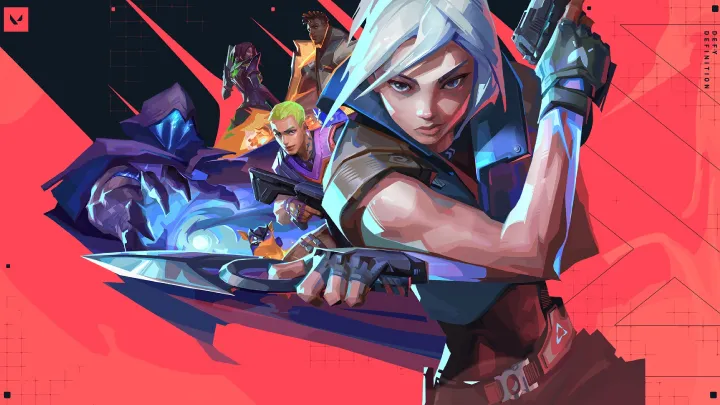
What is Valorant?
Valorant is a free-to-play tactical shooter that combines the classic elements of team-based gameplay with unique character abilities. The game features a cast of agents, each with their own distinct abilities that can turn the tide of battle. Players must work together with their teammates to complete objectives, eliminate opponents, and secure victory.
Key Features
- Agents: Each character has unique abilities that enhance gameplay and provide various tactical options.
- Gunplay: Valorant emphasizes precise shooting mechanics, requiring players to aim accurately and make strategic decisions.
- Economy System: Players manage in-game currency to purchase weapons and abilities, adding a layer of strategy to each round.
- Maps: The game features various maps, each with unique layouts, callouts, and strategies for success.
Getting Started
System Requirements
Before diving into Valorant, ensure your system meets the minimum requirements:
- OS: Windows 7/8/10 (64-bit)
- Processor: Intel Core 2 Duo E8400
- RAM: 4 GB
- Graphics Card: Intel HD 3000
- VRAM: 1 GB
- DirectX: Version 11
Installing Valorant
- Download the Riot Client: Visit the official Valorant website to download the Riot Games client.
- Create an Account: Sign up for a Riot Games account if you don’t already have one.
- Install the Game: Follow the installation instructions to set up Valorant on your PC.
Choosing Your Agent
Upon entering the game, players can choose from a diverse roster of agents. Each agent specializes in specific roles, such as Duelist, Controller, Initiator, or Sentinel. Understanding these roles is crucial for effective team composition.
- Duelists: Focus on aggressive play and securing kills (e.g., Jett, Reyna).
- Controllers: Manage sightlines and control areas with abilities (e.g., Omen, Viper).
- Initiators: Create opportunities for teammates by disrupting enemy positions (e.g., Sova, Breach).
- Sentinels: Support the team with healing and defensive abilities (e.g., Sage, Cypher).
Gameplay Mechanics
Game Modes
Valorant offers several game modes, each with unique objectives:
- Unrated: The standard mode where teams compete to win rounds. First to 13 wins.
- Spike Rush: A shorter mode where players start with random abilities and weapons.
- Competitive: Similar to Unrated but includes ranked matchmaking based on player skill.
- Deathmatch: A free-for-all mode focused on improving shooting skills without objectives.
- Escalation: A team-based mode where players progress through weapon challenges.
Round Structure
A typical round in Valorant consists of the following phases:
- Buy Phase: Players can purchase weapons, shields, and abilities using in-game currency.
- Action Phase: The attacking team attempts to plant the Spike, while the defending team tries to prevent this.
- End of Round: The round concludes when the Spike is planted and detonated, or the attacking team is eliminated.
Economy Management
Understanding the economy is vital to success in Valorant:
- Credits: Earned by completing objectives, securing kills, and winning rounds.
- Purchasing: Players must decide when to save or spend their credits. Saving can lead to better equipment in future rounds.
- Force Buy: Buying weapons and abilities when low on credits to maintain pressure on the enemy team.
Maps Overview
Valorant features several maps, each with unique layouts and strategies. Here are some key maps:
1. Bind
- Key Features: Teleporters allow for quick rotations between sites.
- Strategies: Control the middle area to rotate quickly and surprise opponents.
2. Haven
- Key Features: Three bomb sites instead of the usual two.
- Strategies: Split your team to cover multiple sites and use map control effectively.
3. Split
- Key Features: Verticality with ropes and high ground.
- Strategies: Utilize elevation changes to gain an advantage in gunfights.
4. Ascent
- Key Features: A central open area with a large middle zone.
- Strategies: Control mid to dictate the flow of the game and access both sites.
5. Icebox
- Key Features: Tall structures and open spaces.
- Strategies: Use verticality to surprise enemies and control sightlines.
Understanding Agents and Abilities
Agent Roles
Each agent falls into one of four roles, which influences their abilities and team contributions:
- Duelists: Aggressive play and self-sustain.
- Controllers: Area denial and utility management.
- Initiators: Disruption and information gathering.
- Sentinels: Defense and healing support.
Abilities Overview
Each agent has a set of abilities, typically categorized as follows:
- Basic Abilities: Available every round and can be purchased at the start.
- Signature Ability: Unique to each agent and has a cooldown period.
- Ultimate Ability: A powerful ability that charges over time and can turn the tide in battle.
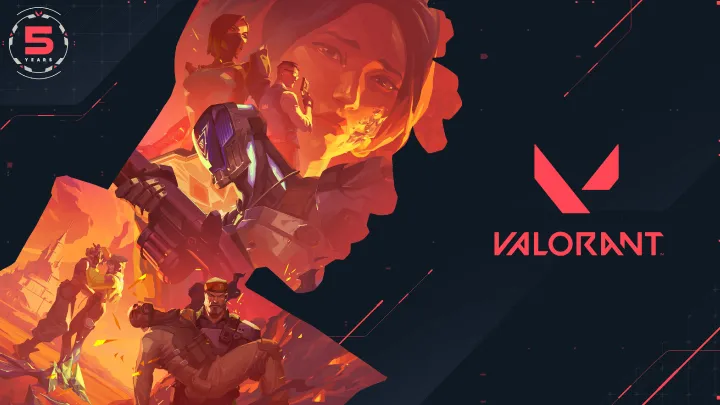
Strategies for Success
Team Communication
Effective communication is key to success in Valorant:
- Callouts: Use map-specific callouts to share information with teammates.
- Voice Chat: Utilize voice chat to relay important information quickly.
- Ping System: Use the in-game ping system to indicate enemy locations or strategies.
Map Control
Controlling key areas of the map is crucial:
- Mid Control: Gaining control of the middle area allows for better rotations and map dominance.
- Site Control: Secure bomb sites before planting the Spike to ensure safety.
Utility Usage
Using abilities effectively can change the outcome of a round:
- Smoke Screens: Use smoke abilities to block enemy sightlines and create opportunities.
- Flashes: Blind enemies before engaging in fights to gain the upper hand.
- Healing Abilities: Use healing abilities strategically to support teammates.
Positioning
Proper positioning can make a significant difference in combat:
- Crossfire: Position yourself with teammates to create crossfire situations.
- Off-Angles: Utilize unexpected positions to surprise enemies.
- High Ground: Gain the advantage by controlling elevated areas.
Improving Your Skills
Practice
Regular practice is essential to improving your skills:
- Aim Training: Use aim trainers or in-game practice modes to enhance your shooting accuracy.
- Agent Mastery: Focus on mastering a few agents to understand their abilities deeply.
- Game Sense: Watch professional players or streams to learn strategies and positioning.
Analyzing Your Gameplay
Reviewing your gameplay can help identify areas for improvement:
- Replays: Watch your matches to analyze decision-making and positioning.
- Feedback: Seek feedback from friends or more experienced players.
Staying Updated
Valorant is constantly evolving, with regular updates and patches:
- Patch Notes: Keep an eye on patch notes to understand changes to agents and maps.
- Meta Shifts: Adapt to changes in the meta and adjust your strategies accordingly.
Conclusion
Valorant is a dynamic and engaging tactical shooter that offers a unique blend of strategy, teamwork, and skill. Understanding the game's mechanics, agents, and maps is essential for success. By mastering communication, positioning, and utility usage, you can improve your gameplay and enjoy all that Valorant has to offer.
Whether you’re a seasoned player or new to the game, embracing the complexities of Valorant will enhance your gaming experience. Dive in, practice, and enjoy the thrill of competition as you climb the ranks in this exciting tactical shooter!










